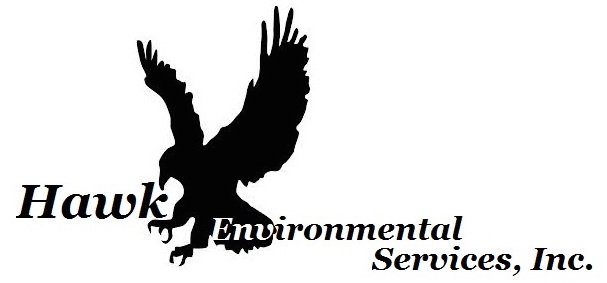Why is Indoor Air Quality Important in the Workplace?
Indoor air quality is one of the leading concerns to businesses and employees alike because it can have a substantial impact on the health and productivity of workers in an office environment.
The majority of working hours is spent indoors and studies conducted by the EPA have concluded that indoor air quality is often worse than pollutants found outdoors. Pollutants indoors can increase the risk of illness and even buildings that are new or well maintained run the risk of poor air quality – even for brief periods of time.
A 1989 EPA report found that improving office indoor air quality could result in higher productivity and fewer sick days. The report also found that poor indoor air might cost the country billions of dollars in lost work time and medical expenses.
What Impacts Office Indoor Air Quality
Sources of pollutants (either exterior or interior), odors, maintenance, HVAC systems, moisture and humidity, design of the building, and foreign particulates introduced into the office environment all have an impact on the overall air quality of office environments.
Because of the ever-changing nature of air quality, routine air quality testing is important to maintaining the productivity and health of your office. It can also protect your company in the event that an employee files a complaint or grievance with a regulatory agency concerning the air quality in your office. Documenting the air quality of your office should be a regular maintenance task for your building manager or office supervisor.
How to Improve Air Quality in an Office
The first thing you should do to improve office indoor air quality is to schedule an air quality test with a certified consultant. Hawk Environmental will walk you through the steps needed to accurately measure and document the air quality in your office building. We perform these tests and measure the conditions of the following factors over a 24-hour period:
– Mold spores
– Temperature
– Relative humidity
– Carbon dioxide
– Carbon monoxide
– Hydrogen sulfide
– Lower explosive limit of natural gas (LEL)
– Oxygen
– Total Volatile Organic Compounds (VOCs)
Afterwards, we’ll walk you through a complete final air quality report and our professional interpretation of the data based on OSHA or NIOSH permissible exposure limits.
Contact Hawk Environmental today to schedule an office indoor air quality testing appointment for your office or building.
Comments are closed.

